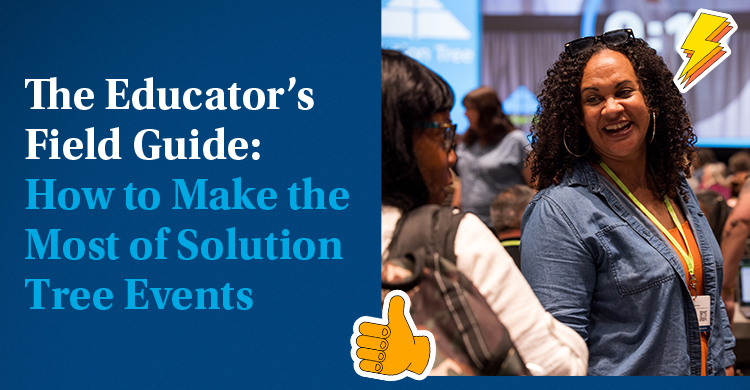It has been said that terms and labels travel easily, but application and practice rarely follow when talking about implementing new initiatives. When it comes to the basic tenets of a professional learning community, this is certainly evident, particularly when it comes to working in collaborative teams.
In much the same way a cooperative learning lesson assumes putting desks together in groups of four will lead to students working as a cooperative group, simply demanding teachers meet weekly or monthly does not a collaborative team make.
Ron Heifitz first introduced the distinction between technical versus adaptive change (Fullan, 2003). This distinction is a useful notion as it applies to schools that struggle to implement the complexities of a PLC. As I travel extensively to school districts across North America, I encounter many who proudly claim to be “doing PLC.” What I come to find out with further probing is that they have made technical adjustments to schedules to provide time for teachers to meet. However, rarely do I see the vestiges of true collaboration occurring.
For me, the defining aspects of true collaboration require that teams have taken the time to learn and hone specific practices of collaborative work. The example I gave about cooperative learning makes this point. We can’t assume that students whose desks are physically positioned together have any concept of what it means to be cooperative. As Johnson and Johnson (1999), Kagan and Kagan (2009), and others have demonstrated, students need to be taught the skills of collaboration in order to benefit from the conversations that cooperative learning affords. Without the skills of active listening, paraphrasing, and probing (among others), student conversations fail to achieve intellectual benefit.
The same applies to collaborative teacher groups. Teacher teams need to be intentional about creating and agreeing to team norms, learning to actively listen, arriving at consensus around important matters, resolving conflict, and developing an attitude of trust. The latter is especially important when examining student test scores and the quality of teaching of those students. Collaborative team members must also be introspective and data-informed about their own performance.
So, what are some of the skills that collaborative team members need to practice before they participate in the “game” of collaboration? Probably one of the best sources to help us answer that question is a wonderful and helpful book titled The Adaptive School (Garmston & Wellman, 2009). Filled with activities, tools, and explanations, this book provides readers with ample examples of practices that collaborative teams can use to become skilled in the art and science of collaboration.
Most notable is the chapter on the seven norms of collaborative teams. The authors list skills that teams can apply to their work and include a tool that allows teams to gather and monitor evidence in order to determine their own effectiveness.
To conclude, if you want to do more than just talk about “doing” PLC in your school or district, then begin with helping adults learn and practice the skills that will help them, rather than keeping a checklist about all the technical components of PLCs. Let’s help the professionals learn those skills to become adept at true collaboration, rather than what David Perkins referred to as “coblabboration.”
References
Fullan, M. (2003). Change forces with a vengeance. London: Routledge Falmer.
Garmston, R., & Wellman, B. (2009). The adaptive school: A sourcebook for developing collaborative groups (2nd ed.). Norwood, MA: Christopher Gordon.
Johnson, D. W., & Johnson, R. (1999). Learning together and alone: Cooperative, competitive, and individualistic learning (5th ed.). Boston: Allyn & Bacon.
Kagan, S., & Kagan, M. (2009). Cooperative learning. San Clemente, CA: Kagan Publishing.
[author_bio id=”15″]






